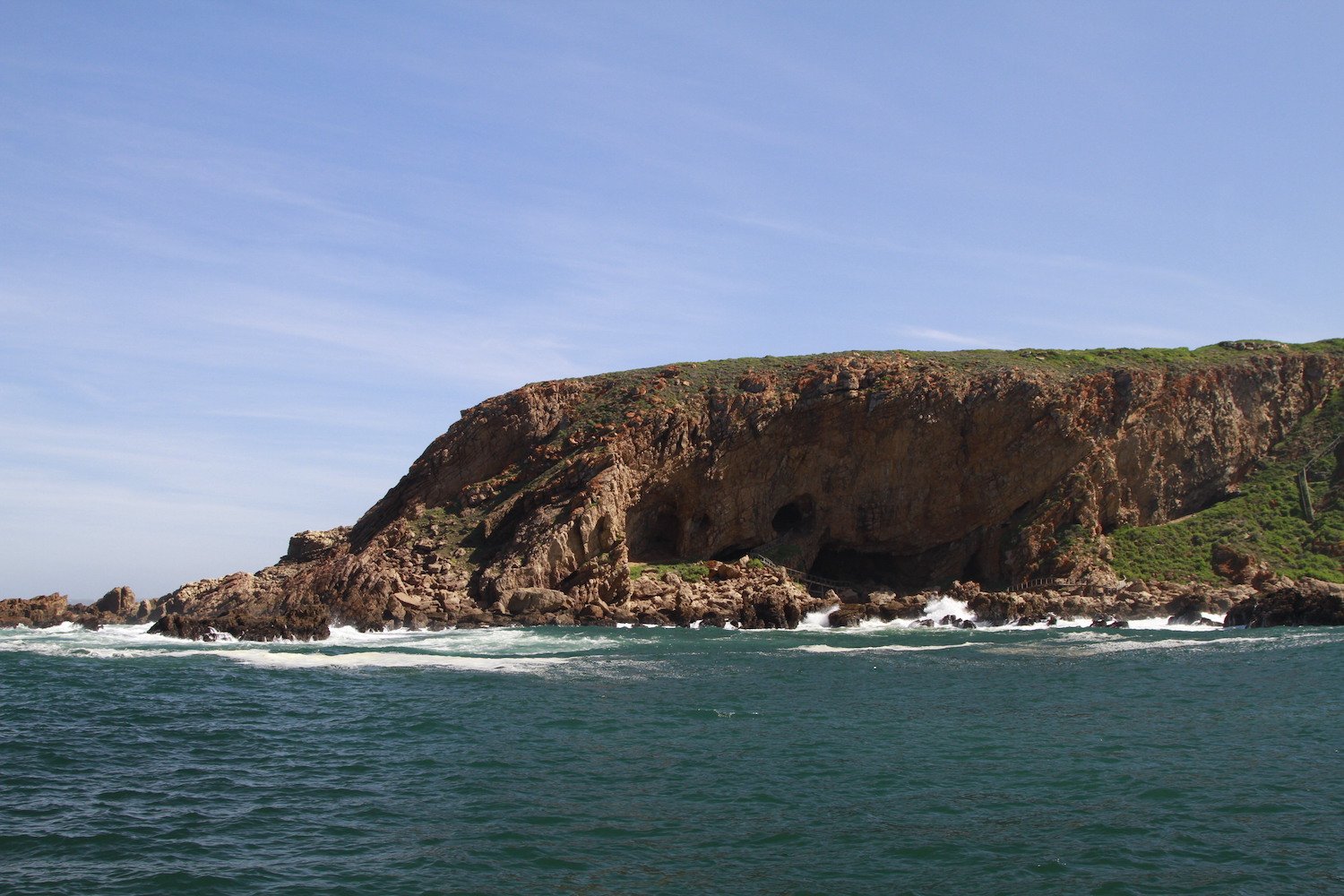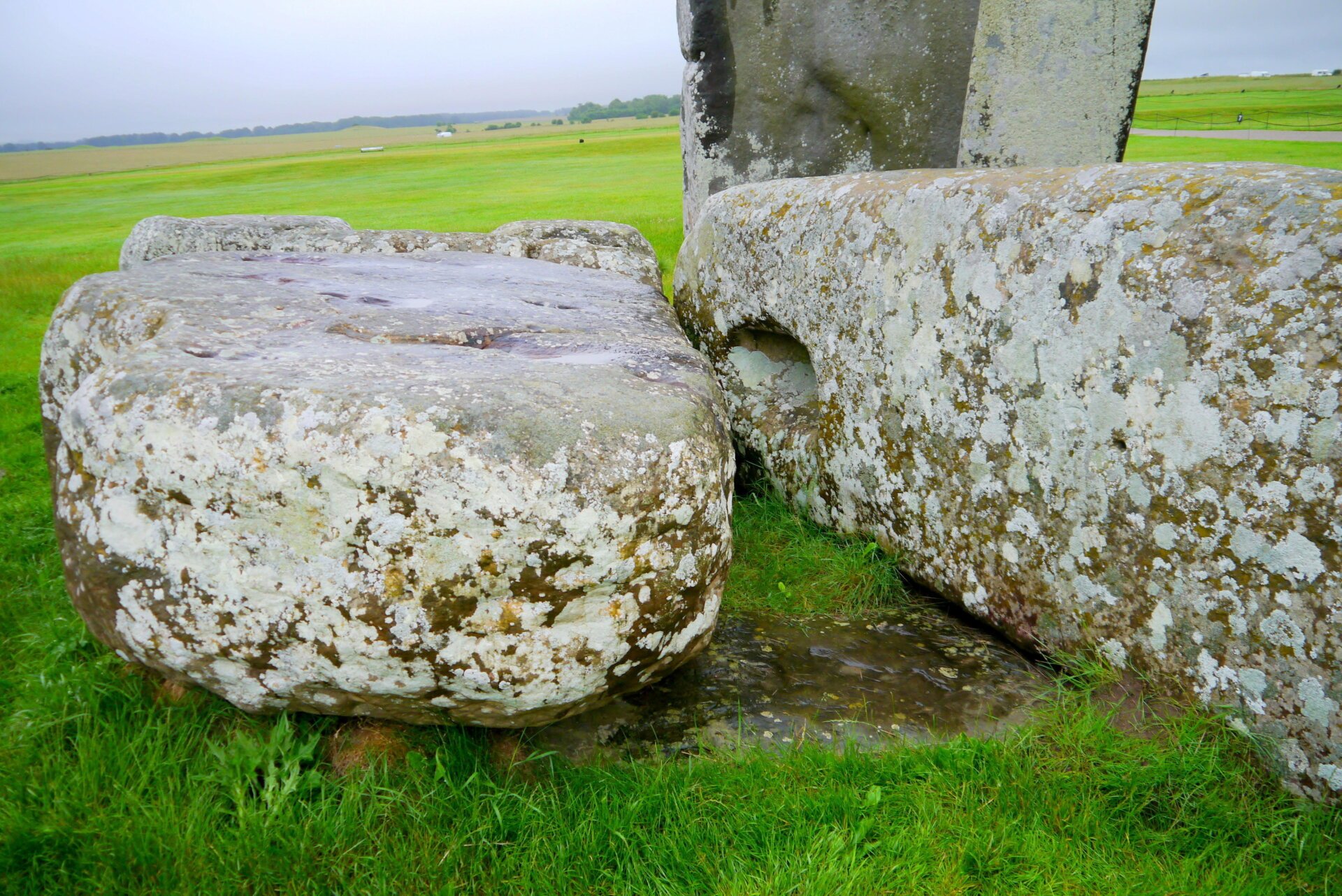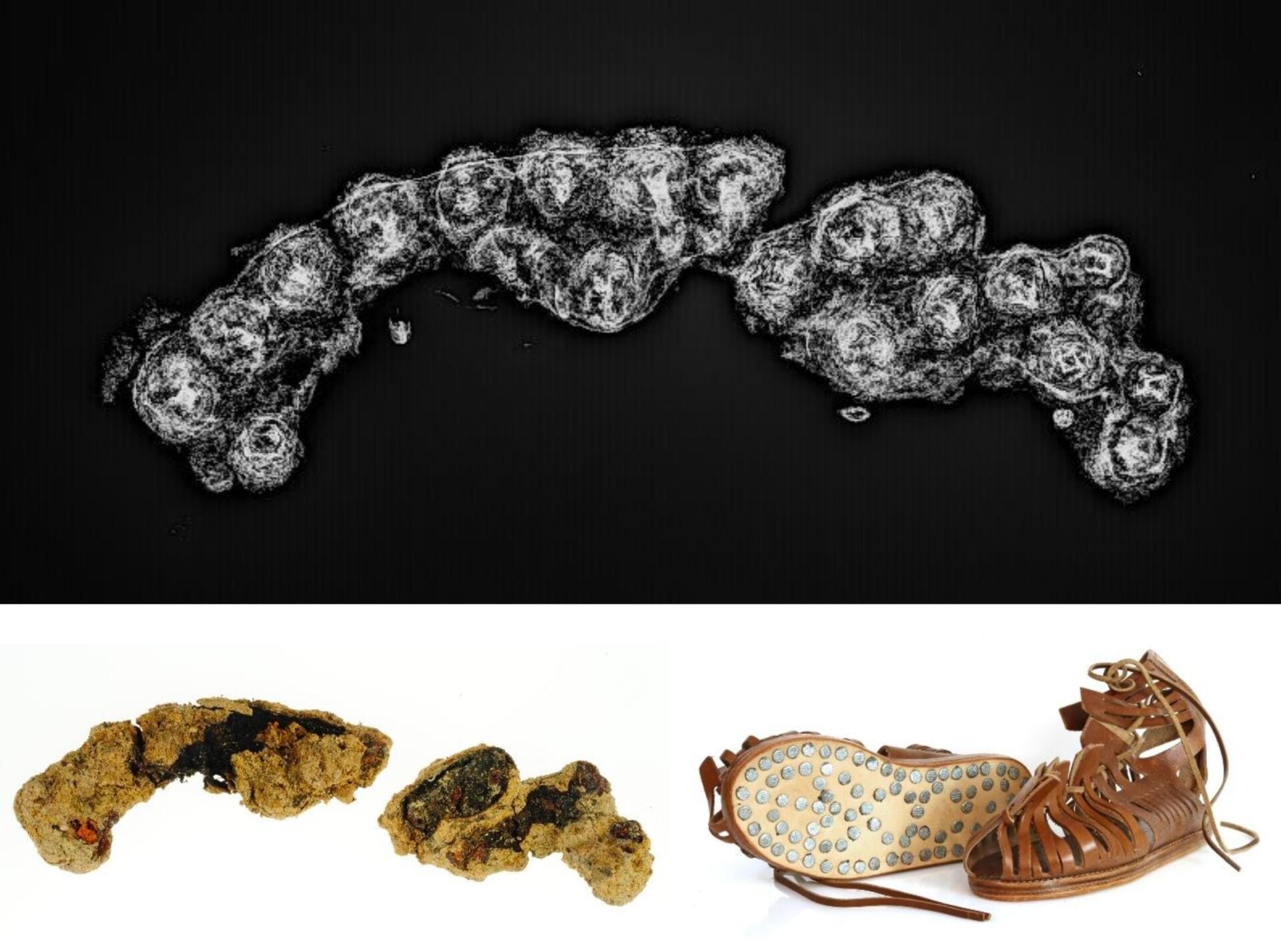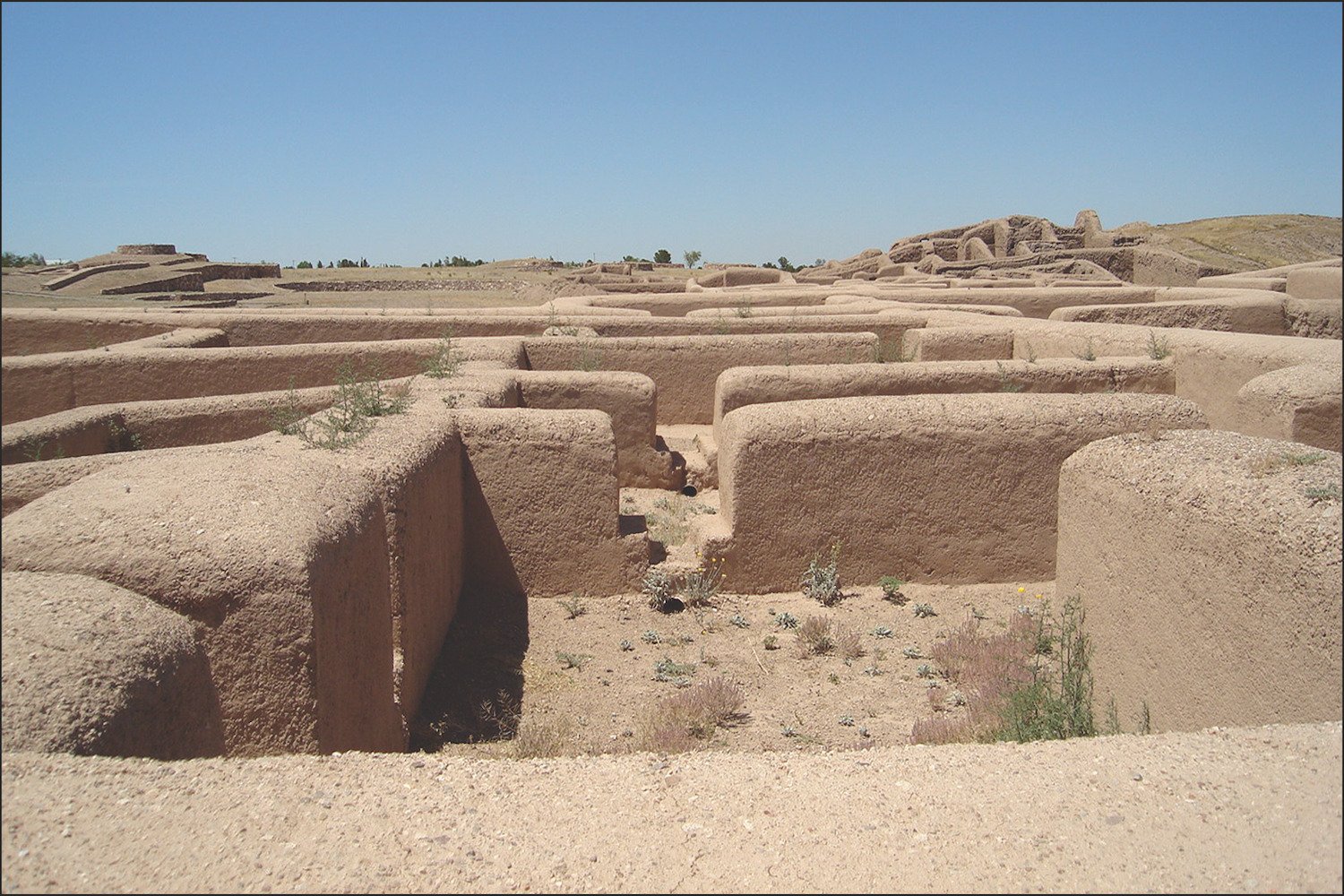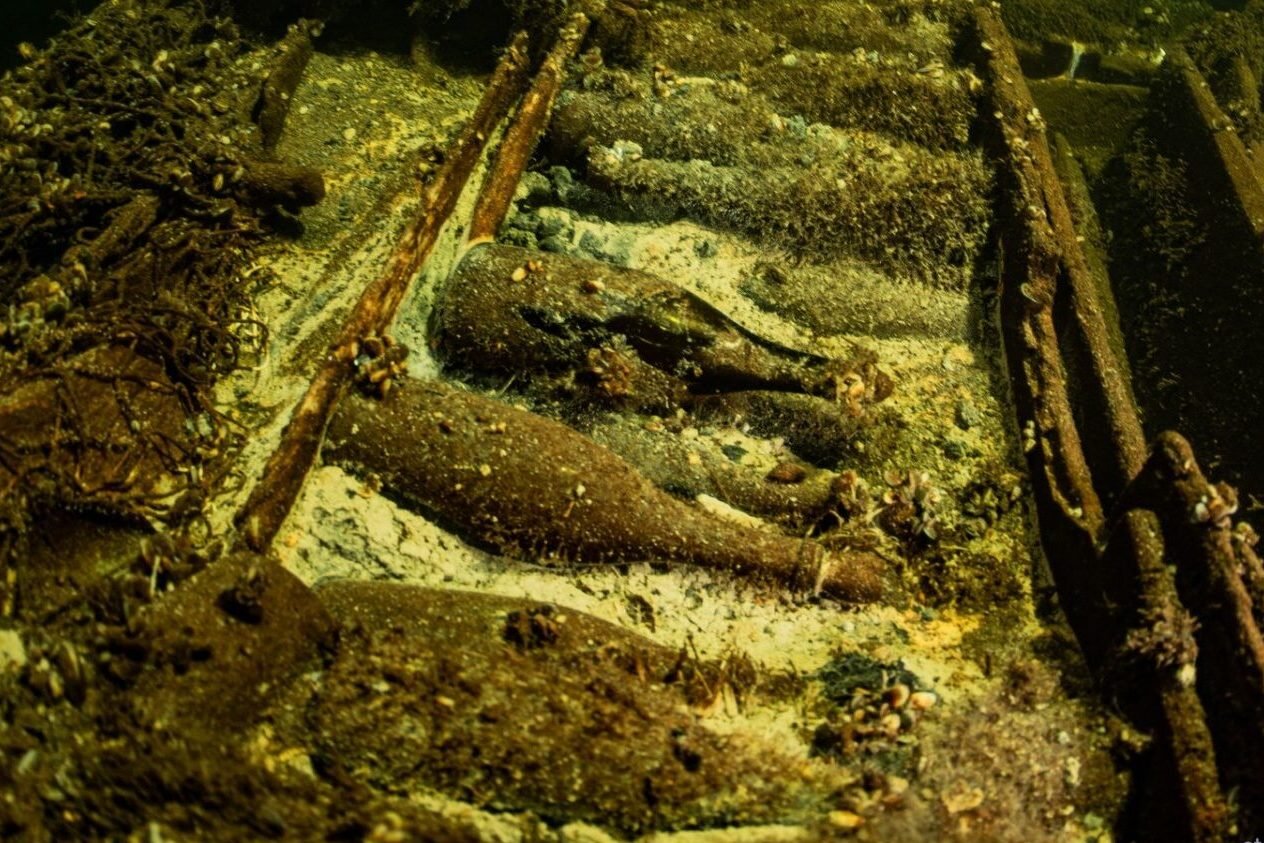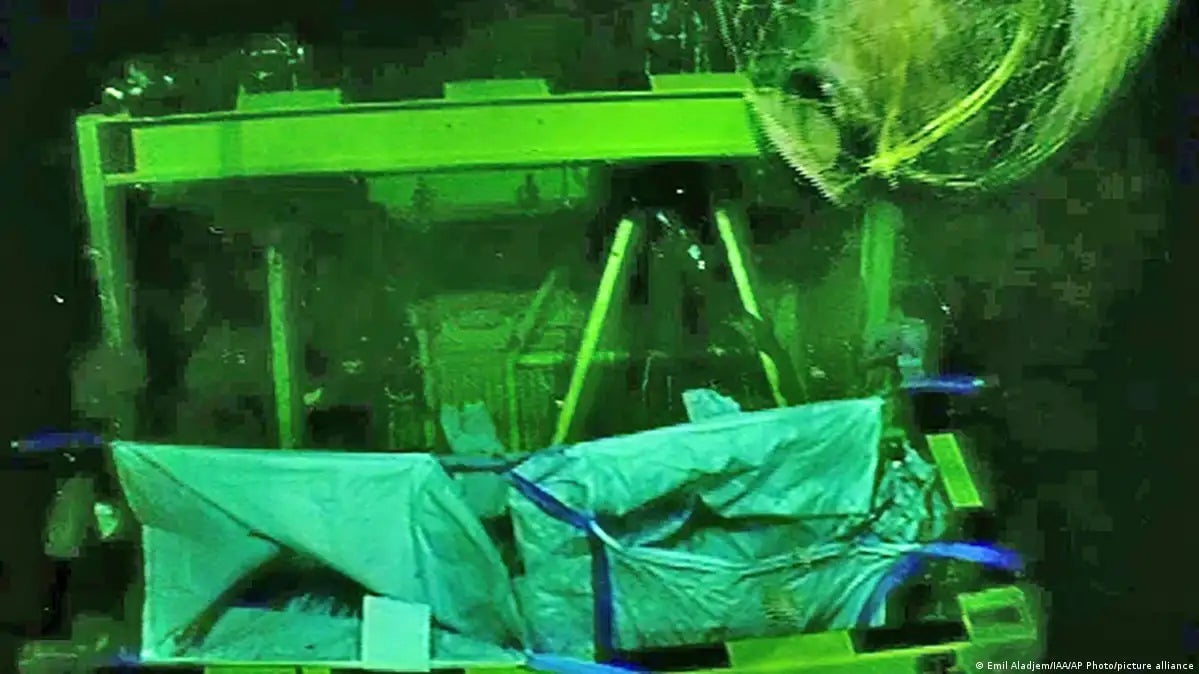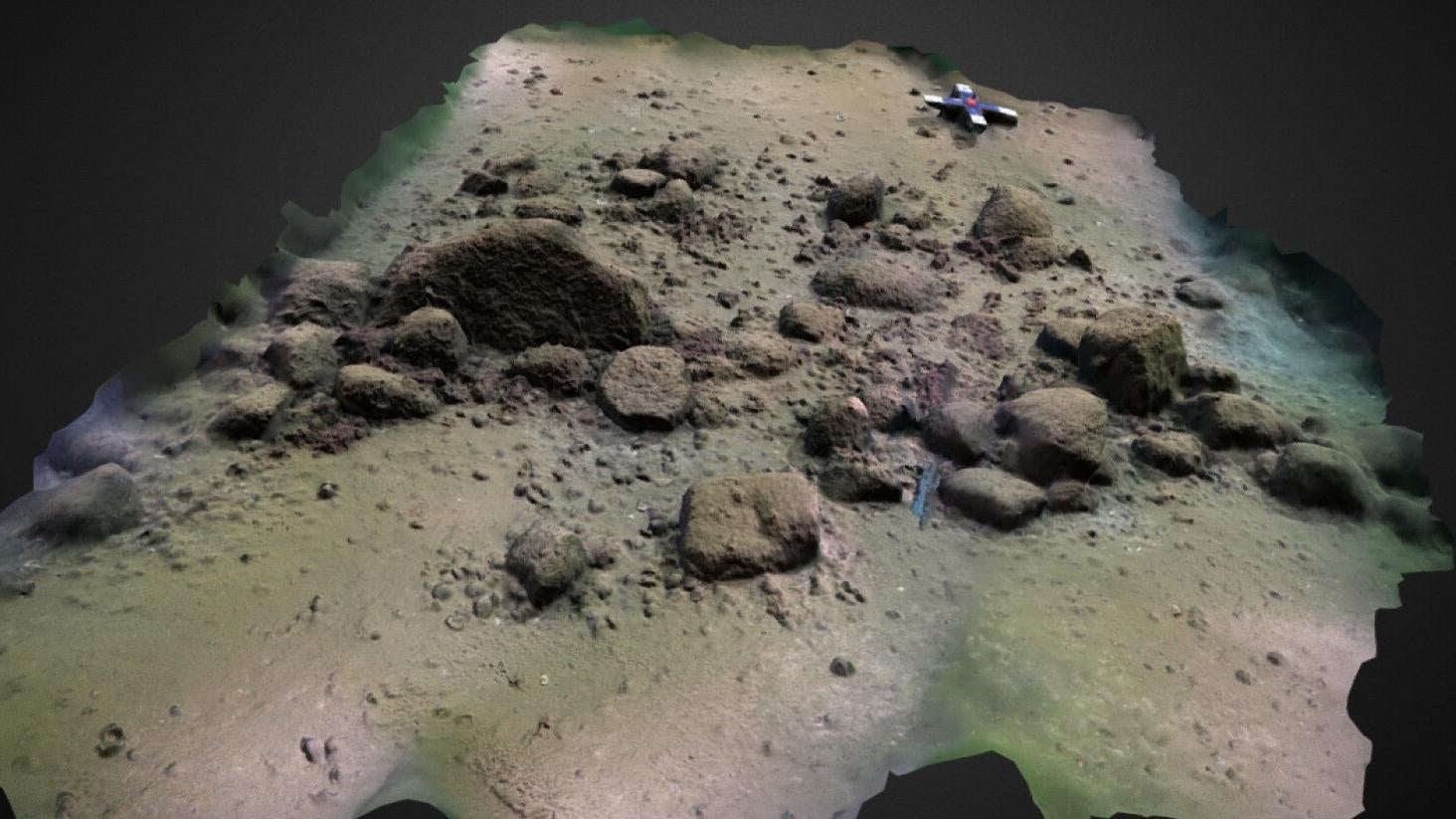The Diepkloof Rock Shelter, Sibhudu Cave, and Pinnacle Point Site Complex in South Africa have been officially recognized as UNESCO World Heritage Sites. These caves offer invaluable insights into the evolution of early human behavior and adaptation. This designation, finalized on July 26th, highlights the global significance of these sites for understanding human origins.
Unveiling Early Human Life at Pinnacle Point
Pinnacle Point, located on the Indian Ocean coast, features caves at the base of a 50-meter cliff. Extensive research, spearheaded by Arizona State University professor Curtis Marean, has revealed remarkable discoveries about Homo sapiens life around 160,000 years ago during the Quaternary period. These findings showcase the innovative ways early humans interacted with their environment.
Marean’s work has documented evidence of early shellfish consumption, pigment modification and use, and the controlled use of fire for modifying raw materials. Perhaps even more remarkably, Pinnacle Point holds the earliest evidence of advanced projectile weapon use, dating back an astounding 71,000 years. These discoveries illuminate the complex behaviors and cognitive abilities of early humans.
Significance of the South African Cave Sites
UNESCO recognized the three South African cave sites, located in the Western Cape and KwaZulu-Natal provinces, for their exceptional contribution to our understanding of the origins of behaviorally modern humans. These sites provide key evidence of early human cognitive abilities, cultural practices, and their remarkable adaptation to significant climatic changes. The designation underscores the “outstanding value to humanity” held by these locations.
Clues to Climate Change Survival
Pinnacle Point also offers valuable clues about how early humans survived dramatic climate shifts, including the movement of massive ice sheets during the Quaternary Era. The site provides insights into human resilience in the face of environmental challenges, even such cataclysmic events as the supereruption of Mount Toba 74,000 years ago. This volcanic eruption, located in present-day Indonesia, had a global impact on climate and human populations.
Preserving Our Shared Heritage
The UNESCO World Heritage designation signifies a crucial step in preserving the legacy of early human behavior and our shared cultural heritage. These sites, facing the ongoing threats of climate change and rising sea levels, serve as a powerful reminder of the adaptability and ingenuity of our ancestors. Their preservation ensures that future generations can learn from the remarkable story of human evolution.
https://whc.unesco.org/en/list/1723
https://www.eurekalert.org/news-releases/1053655
https://www.westerncape.gov.za/news/media-release-unesco-proclaims-new-world-heritage-site-wc-and-kzn
https://in-africa.org/wp-content/uploads/2012/12/Marean-2010-JHE-pinnacle-point-flora-shellfish-and-modern-human-origins.pdf
https://www.nature.com/articles/nature06204
https://www.nsf.gov/news/news_images.jsp?cntn_id=115415
https://pubmed.ncbi.nlm.nih.gov/23135405/



